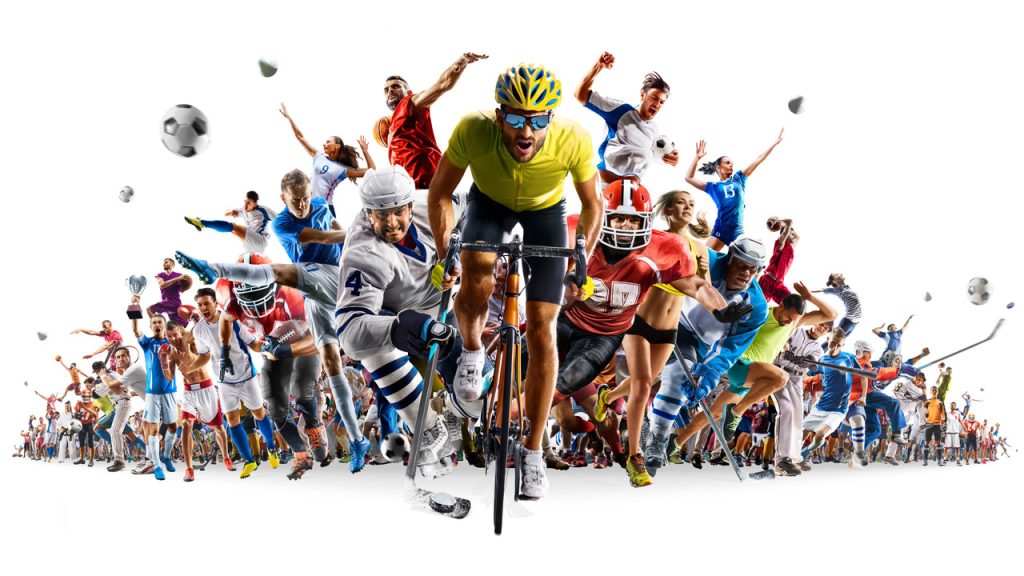Improving your sports performance with refractive surgery

During my career as a surgeon, I have treated both amateur and professional athletes who chose refractive surgery to correct their vision problems and ultimately improve their sports performance.
For people who practise sports, having good vision is fundamental to unlock their physical and athletic potential. Many athletes suffering from vision problems find that contact lenses, while being more practical than glasses, have their limitations too, since specific environmental conditions, excessive use, and the risk of infection may lead to contact lens intolerance. What is more, usually contact lenses do not fully correct one’s vision problem. Imperfect vision creates behavioural patterns that slowly become a standard reaction to stimuli, according to the principle “best result with least effort”. In this way, people may even develop incorrect posture to compensate for their vision problem.
For example, if one of the muscles that directs the eye movement does not work properly, maintaining a binocular vision will be more difficult; patients will compensate by rotating their head, which may have negative effects on their back or knees. The same problem is found in astigmatic patients, who tend to tilt their heads to see better if their deficit is not treated properly (as often happens with contact lenses).
These wrong postures may significantly affect the performance of professional athletes, and this is why they choose refractive surgery.
During my thirty-year career, I have conducted studies on a group of athletes who had undergone refractive surgery to assess whether, and how, it affected their sports performance. I compared the results before and after surgery using a DELOS stabilometric board – a device consisting of an electronic rocking board on which the subjects must keep their balance under different conditions.
This system is connected to a monitor that gives real-time feedback, as the patient is faced with an increasing number of biomechanical situations. More specifically, it increases the flow of high-frequency proprioceptive signals that can reprogram the posture and movement monitoring system. This improves the strength of stabiliser and directional muscles that are tasked with controlling movements in terms of precision and effectiveness. This system also prevents overtraining, traumas and injuries, stabilising the joints of lower limbs, shoulders and rachis by minimising any unnecessary movements that may alter postural stability.
After fully correcting the vision problem, we noticed a better postural stability which then improved the sport performance and reduced the risks of muscular injuries that were due to poor posture.
The study and the results achieved allowed me to devise a 2-step procedure designed for all professional athletes. The first step consists in choosing the most suitable type of surgery with the aid of the PSP (Personal Sportsman Profile) integrated platform designed by me, which allows the surgeon to achieve a visual result greater than 10/10 and a stable and precise vision that can adjust to any variation of light. Then I use Visual Training, which is specifically designed for each individual athlete with the support of professional technicians. The objective is to improve hand-eye and foot-eye coordination by reducing the visual-motor reaction time, thus improving the muscle activation time and allowing athletes to improve their performance.

Envision Your Vacation
Let’s be honest, spring is inspiring not only because trees are in full bloom but…

Be Aware of Light
Have you ever wondered why light is so gentle and warm at sunrise and sunset…

Give Yourself a Gift: Good Vision
A couple of days ago a friend texted me that while at lunch with one…